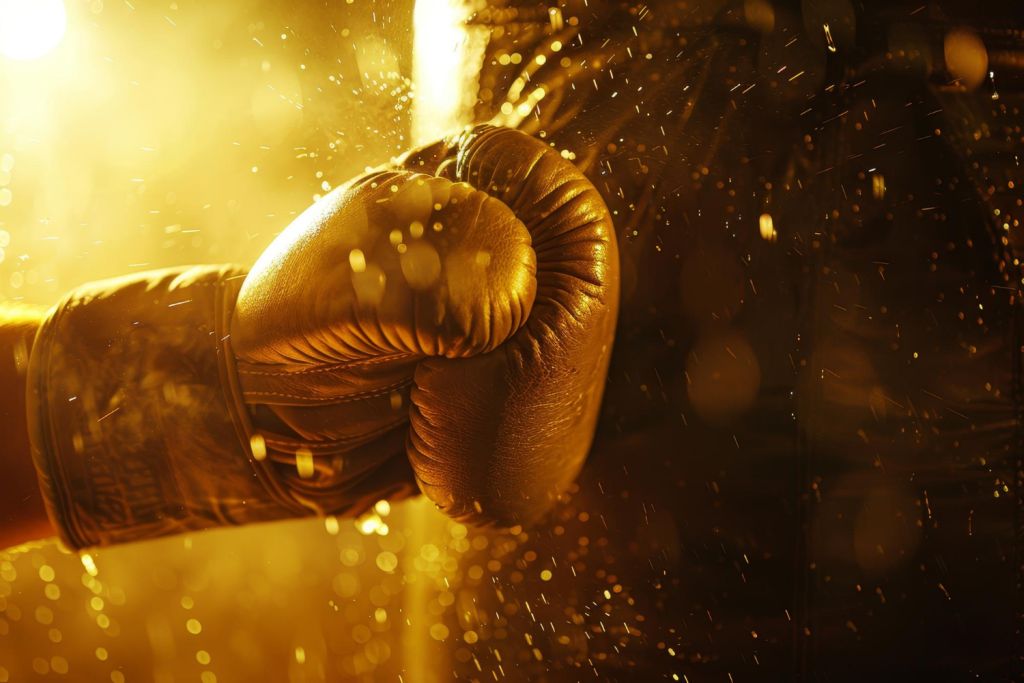Kickboxing, a thrilling fusion of martial arts and athletic prowess, has captivated sports fans for decades. The adrenaline, strategy, and sheer determination showcased in each bout make it a beloved spectacle for millions worldwide. Among the myriad of competitions in this electrifying sport, the World Kickboxing Championships stand as the pinnacle of achievement. This comprehensive guide aims to illuminate the rich history, evolution, and cultural impact of the World Kickboxing Championships, offering valuable insights for sports enthusiasts, Blog Sport readers, and kickboxing aficionados.
The Origins of Kickboxing
The roots of kickboxing can be traced back to ancient martial arts traditions from various parts of the world. In Asia, Muay Thai and Karate laid the foundation, while Western influences came from boxing and savate. Over time, these distinct forms merged, leading to the birth of modern kickboxing.
Kickboxing began formalizing as a sport in the 1960s and 70s, primarily in Japan and the United States. What started as a blend of traditional martial arts soon took on its own identity, incorporating rules and practices unique to kickboxing. This evolution was driven by the desire to create a discipline that combined the strikes of martial arts with the strategic depth of boxing.
The sport’s growth was fueled by pioneering figures such as Osamu Noguchi, who is often credited with coining the term “kickboxing,” and Joe Lewis, an American karateka who became one of the sport’s first champions. These early innovators laid the groundwork for what would become a global phenomenon.
Inception of the World Kickboxing Championships
The idea of a world championship in kickboxing was conceived to bring together the best fighters from around the globe, providing a platform for them to showcase their skills on an international stage. Several organizations played pivotal roles in this endeavor, including the World Kickboxing Association (WKA) and the International Sport Karate Association (ISKA).
The first World Kickboxing Championship event was held in the late 1970s, marking a significant milestone in the sport’s history. This inaugural event not only set the standards for future competitions but also demonstrated kickboxing’s potential as a mainstream sport. Athletes from diverse backgrounds competed, showcasing a variety of fighting styles and techniques.
The success of the first championship galvanized the kickboxing community, leading to increased participation and the establishment of annual events. These early competitions were instrumental in defining the rules and formats that are still in use today.

Evolution of the Championships
Since its inception, the World Kickboxing Championships have undergone significant transformations. One of the most notable changes has been the inclusion of more weight classes, allowing fighters of various sizes and builds to compete. This expansion has made the sport more inclusive and competitive.
Memorable moments abound in the history of the championships. From dramatic knockout victories to intense rivalries, these events have provided countless highlights for fans. The rise of multimedia broadcasting further amplified the sport’s appeal, bringing kickboxing into homes around the world and increasing its following.
Global participation has also soared, with fighters from every continent now vying for the coveted championship titles. This international flavor has enriched the sport, introducing new techniques and strategies that continue to evolve kickboxing.
Impact on Kickboxing and Sports Culture
The World Kickboxing Championships have had a profound impact on both the sport of kickboxing and the broader world of martial arts. By providing a premier stage for competition, the championships have elevated the sport’s status and attracted a new generation of athletes.
The influence of the championships extends beyond the ring. They have played a crucial role in promoting fitness, discipline, and self-defense skills among participants and fans alike. Kickboxing gyms and training centers have sprouted up worldwide, contributing to the sport’s grassroots development.
Furthermore, the championships have inspired other combat sports, leading to the creation of similar events and competitions. Kickboxing’s emphasis on striking and agility has influenced disciplines such as mixed martial arts (MMA), further cementing its place in the pantheon of combat sports.
The Modern Era
In recent years, the World Kickboxing Championships have continued to evolve, reflecting changes in both the sport and society. Rule modifications have been implemented to enhance safety and fairness, ensuring that the sport remains competitive and exciting.
Today’s kickboxing scene is graced by a new generation of athletes who bring innovation and skill to the ring. Fighters like Giorgio Petrosyan, known for his precision and technique, and Buakaw Banchamek, a Muay Thai legend, have left indelible marks on the sport. Their contributions have pushed the boundaries of what is possible in kickboxing, inspiring fans and fellow fighters alike.
The championships have also embraced technological advancements, utilizing data analytics and performance tracking to optimize training and competition. These developments have not only improved the quality of the sport but have also enhanced the viewing experience for fans.
Conclusion
The World Kickboxing Championships are more than just a series of fights; they are a celebration of skill, dedication, and the human spirit. From their humble beginnings to their current status as a global sporting event, the championships have played a pivotal role in shaping the sport of kickboxing.
Sports fans, Blog Sport readers, and kickboxing enthusiasts are encouraged to explore this dynamic sport further. Whether by attending a live event, following athletes on social media, or even stepping into the ring themselves, there are countless ways to engage with the world of kickboxing.
The history of the World Kickboxing Championships is a testament to the power of sport to unite, inspire, and transform. Join the community, support the athletes, and be a part of this thrilling


